SEAWORLD (Day 9 - part 7)
Penguin Encounter:




Magellanic Penguins


Magellanic penguins are medium-sized, South American penguins which grow to be up to 2.5 feet tall and weigh between 6 - 14 pounds. Males are larger than females.






Inside


This is what it's like during an Antarctic winter (April to August), which is the breeding season for Emperor Penguins. It's dark most of the day. This is the only exhibit in North America in which to see them. It's also one of the world's very few successful breeding colonies outside the Antarctic. The emperor penguin is the tallest and heaviest of the penguin species. They range from 3.5 to 4 feet tall and can weigh 50 - nearly 100 pounds.


There are three species of puffins, all found in the northern hemisphere. Their short wings are adapted for swimming.
From the South Pole we then went to the North Pole. Wild Arctic is an exhibit with species of cold water animals, featuring beluga whales, walruses, and harbor seals and sea otters.


An Arctic base station


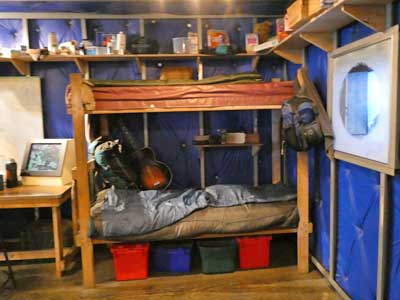

Cute touches such as looking out a frosty window at this chilly scene


Polar bear monitoring cameras ... A paw print

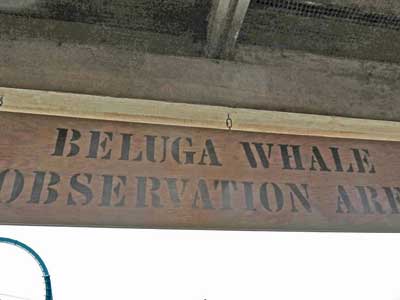


Beluga whales, from the first viewing area

Beluga (or white) whales have adapted to live in the Arctic. They are white in color and lack a dorsal fin (which allows them to easily swim under ice). They're closely related to the narwhal. Males can get to 18 feet long and weigh up to 3,530 pounds. Females are about 25% smaller. 40-50% of their weight is blubber (subcutaneous fat) which serves as insulation in cold water and can be almost 6 inches thick.

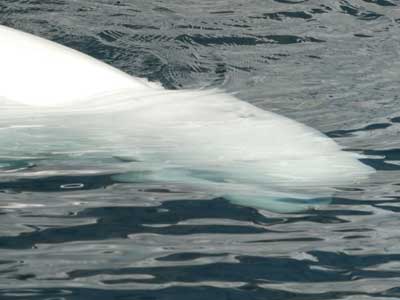
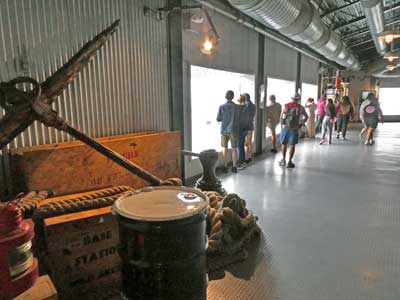
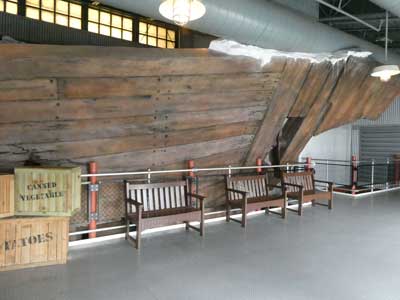
Coming up to the second viewing area around the corner. Not only were the animal environments wonderfully done, the surrounding decorations of the exhibit all lent to an Arctic feel, including this wreckage of a large, old wooden sailing vessel covered with fake snow.
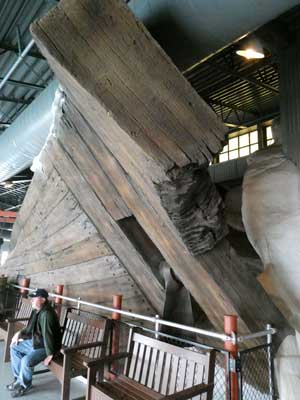


All three belugas
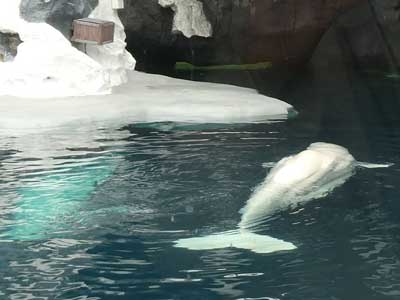

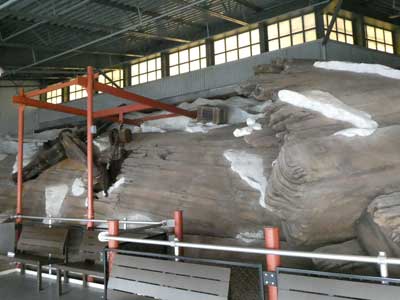

The Harbor Seal viewing area


The harbor (or common) seal can be found in the coastal waters of the northern hemisphere. They can get up to 6 feet long and over 350 pounds. Blubber under their skin helps keep them warm.
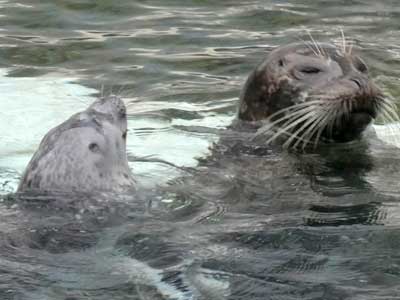



This anchor was thought to possibly be from the wreckage of the H.M.S. Erebus, an 1812 ship outfitted for an 1845 Arctic voyage. It left England under command of Sir John Franklin in search of a northwest passage from the Atlantic to the Pacific. It never returned and all 129 were presumed perished. In 2014, however, the actual wreckage was found by the Canadian government.
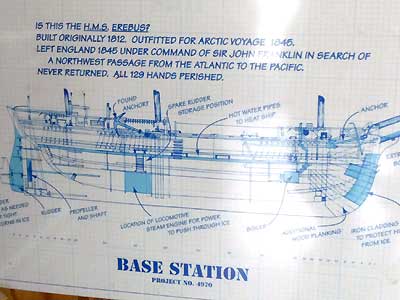



This wall was made of real ice!


Squeezing through the polar bear den


return • continue

